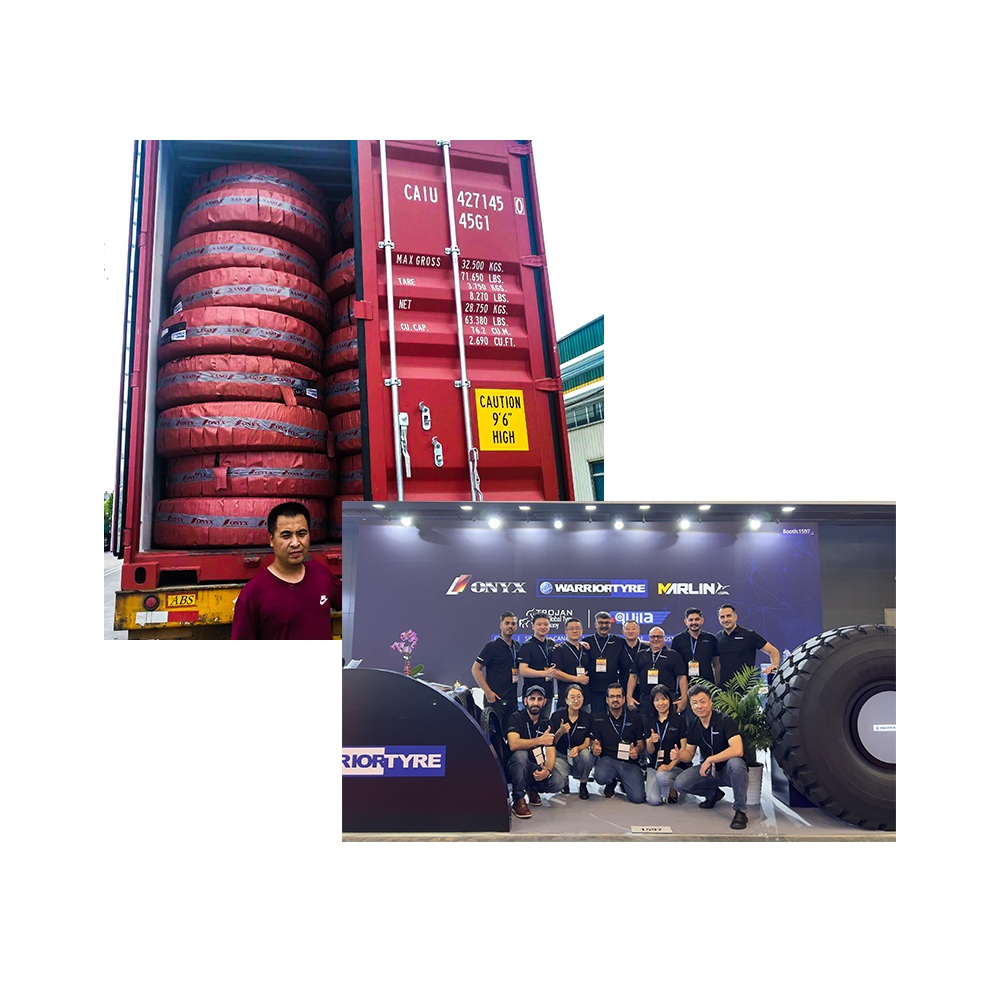Tips to prevent rear-end collisions!
You’ve probably witnessed a situation that resulted in a vehicle rear-ending another. Rear-end collisions are one of the most common occurrences, whether on highways or in urban traffic. A lack of attention, combined with excessive speed, are some of the ingredients for this unpleasant recipe!
Rear-end collisions also occur when there is not a safe distance between vehicles. Therefore, it is essential that drivers maintain their attention on the road and, at any stop sign, ensure that the vehicle can stop in time, without the need for sudden braking.
The danger increases even more if the driver is tired and drowsy. “We always advise drivers to rest before traveling and avoid long trips, especially at night, after a day of work or leisure, which is common during holidays. “The risk of rear-end collisions and other types of accidents increases after dark, as the driver’s field of vision is more limited by the range of the vehicle’s headlights, and in adverse weather conditions, such as rain, braking time increases.
Know that simple actions can prevent you from experiencing such a situation, allowing you to enjoy your trip much more safely! Check out some tips:
KEEP YOUR VEHICLE INSPECTED ON TIME
Regularly inspecting your vehicle is essential for a smooth trip, as this is when the mechanic will detect problems with the brakes or any other part of the vehicle. Click here for Defensive driving course
KEEP A SAFE DISTANCE FROM THE VEHICLE IN FRONT OF YOU
Keeping a safe distance from other vehicles allows the driver to have a better view of the road, avoiding collisions in emergencies. This distance should be even greater when driving in the rain.
RESPECT THE SPEED LIMIT
Always respect the posted speed limit on each highway. This helps drivers navigate their route more safely.
DON’T USE YOUR CELL PHONE WHILE DRIVING
Using a cell phone can lead to a loss of focus, attention, and reflexes, all of which are essential for safe driving.
SIGNAL YOUR ACTIONS DURING THE ROUTE
Use the principle of courtesy. Use signaling at the appropriate time to communicate your intended actions during the route, so other vehicles can better plan their actions. Remember to always drive with your headlights on

